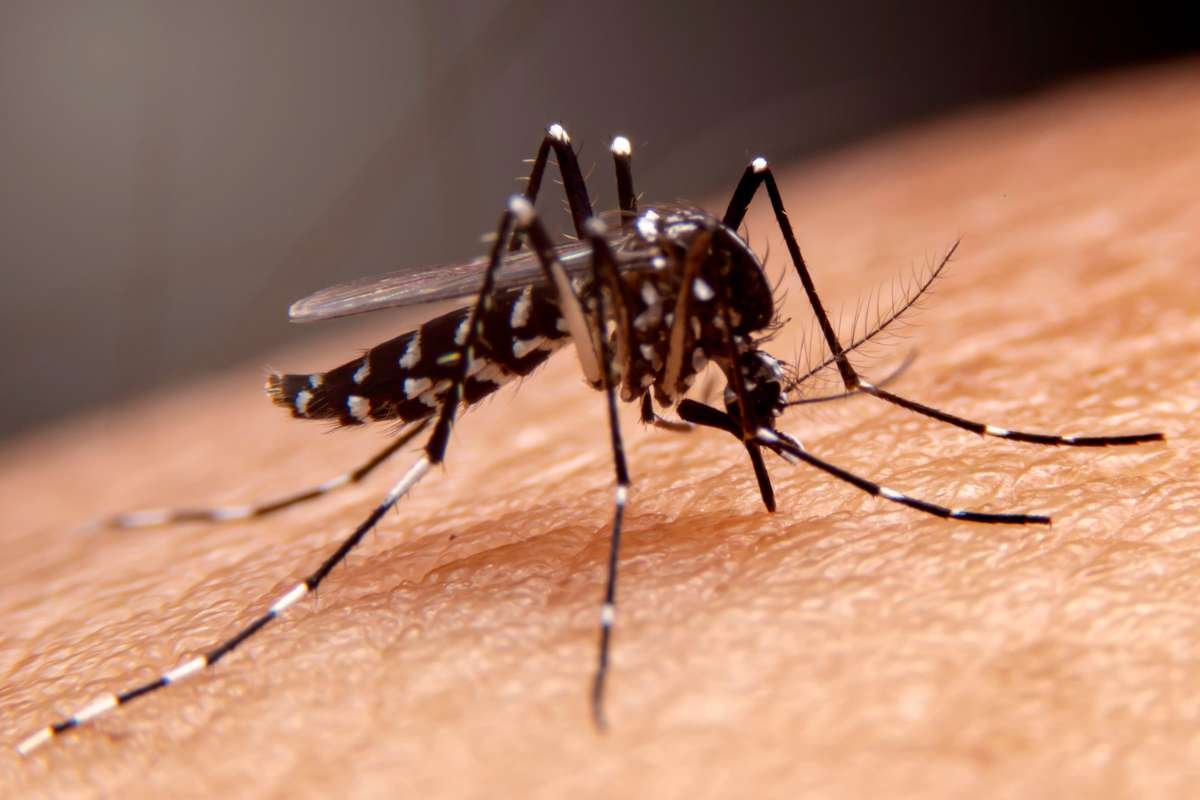In the summer of 1997, the world was captivated by the images sent back from Mars by NASA’s Sojourner rover, the first vehicle to explore the surface of another planet. The Mars Pathfinder mission successfully landed on July 4, 1997, when its airbag-cushioned lander touched down in the Ares Vallis region, an ancient floodplain rich with diverse rocks. Sojourner, a small six-wheeled rover weighing just over 10 kilograms, rolled off the ramp the following day and began its groundbreaking exploration.
Over its 83-day mission, Sojourner captured over 550 images and conducted more than 15 chemical analyses of Martian rocks and soil. It provided crucial evidence of past water activity by examining rounded pebbles and studying the composition of a rock named “Barnacle Bill.” Equipped with cameras, a laser hazard-avoidance system, and an alpha-proton X-ray spectrometer, Sojourner demonstrated key technologies like the six-wheeled “rocker-bogie” suspension system used by later Mars rovers. Despite its limited range, never moving more than 12 meters from the lander, Sojourner’s achievements paved the way for future planetary exploration.
Marie Curie: The Forgotten Twin in a JPL Sandbox
While Sojourner roamed Mars, its twin, Marie Curie, remained on Earth, quietly supporting NASA’s efforts. Engineers at the Jet Propulsion Laboratory (JPL) used Marie Curie to simulate rover operations in large sandboxes, replicating the Martian terrain. These rehearsals included dealing with communication delays of up to 20 minutes between Mars and Earth, helping operators plan and execute Sojourner’s slow but steady movements remotely.
Marie Curie was instrumental during the mission, aiding in strategizing Sojourner’s path and troubleshooting challenges. Though designed for a one-week lifespan, Sojourner far outlasted expectations, sending back 10,000 images and 1.2 gigabytes of data before contact was lost in October 1997. Meanwhile, Marie Curie awaited a second mission, originally slated for Mars in 2001, but that never materialized. In 2015, NASA donated the rover to the Smithsonian National Air and Space Museum, where it remains an important part of space exploration history, admired by millions.
Legacy and Naming: Honoring Women Pioneers in Space Exploration
The names Sojourner and Marie Curie were chosen through a student contest focused on celebrating heroines. Sojourner was named after Sojourner Truth, an African American abolitionist and women’s rights advocate, while Marie Curie honored the pioneering physicist and chemist renowned for her Nobel-winning research on radioactivity.
The Pathfinder mission was part of NASA’s “faster, better, cheaper” Discovery Program, aimed at reducing costs while achieving significant scientific milestones. This approach rekindled public interest in Mars exploration and laid the groundwork for future missions such as Spirit, Opportunity, and Curiosity.
Though Sojourner gained celebrity status, even being inducted into the Robot Hall of Fame in 2003, Marie Curie’s legacy is no less significant. Preserved and displayed for public viewing, Marie Curie stands as a symbol of the behind-the-scenes work essential to the success of space exploration. Together, these rovers highlight the innovative spirit and technological breakthroughs that continue to fuel humanity’s quest to explore the cosmos.







